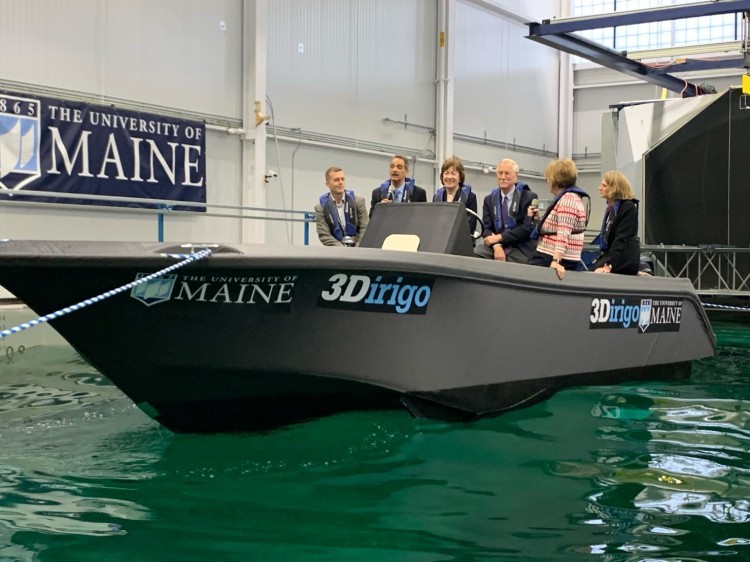Several materials producers are very involved in supplying solutions to different parts of the sports and leisure markets. Here are just a couple examples:
DuPont Co.’s Surlyn resin finds use in golf ball covers, bowling pin covers, body boards, snowshoes and other winter sports articles. Its performance polymers, such as Delrin acetal resin, Hytrel thermoplastic elastomer and Zytel nylon resin are used in snow-shoe bindings, in-line skates, and various types of buckles and straps. And its Kevlar aramid fiber is used in sporting good components ranging from bicycle helmets and motorcycle clothing, to boating hulls and hiking boots.
BASF SE’s polyurethane-based flooring structures find use on track surfaces and children playgrounds. The materials help to provide high rebound and excellent impact absorption, helping athletes achieve their best performance while lowering risks of exercise-related injuries for children.
When it comes to water sports, San Francisco-based Oru Kayak Inc. has applied the traditional Japanese art of origami and used it to create a series of lightweight, foldable kayaks made from corrugated polypropylene. Its products range from 12 to 16 feet long and from 26 to 34 pounds, and fold up into a suitcase-sized case with a shoulder strap that can easily be carried by one person.

Oru Kayak Inc. makes its foldable kayaks from corrugated polypropylene. A single person can easily carry the folded kayak, which weighs no more than 34 pounds. (Oru Kayak photo)
French resin supplier Arkema Group also supplies materials for use in a variety of sporting applications, including for the cockpit window and the glazing shielding the two helms of its 50-foot Arkema trimaran racing boat. For that, they used Altuglas ShieldUp nanostructured acrylic sheet, which weighs about half as much as conventional glass.
In mid-October, the University of Maine’s Advanced Structures and Composites Center, in conjunction with several partners, successfully produced the world’s largest 3D printed boat, entirely from carbon fiber-reinforced ABS supplied by Techmer PM LLC. Dubbed the 3Dirigo, the 25-foot-long, 5,000-pound patrol boat was printed on a 3D printer, called the MasterPrint, made by Rockford, Ill.‐based Ingersoll Machine Tools Inc. The effort earned the group three Guinness World Records - for the world’s largest prototype polymer 3D printer, largest solid 3D‐printed object, and largest 3D‐printed boat.

This 25-foot, 5,000-pound boat was 3D printed in just three days using carbon fiber-reinforced ABS and a huge Ingersoll 3D printer with a gantry-mounted dispensing nozzle. (Ingersoll Machine Tool Inc. photo)
And even the sports venues themselves are making good use of plastic materials. At the Rio 2016 Olympics in Brazil, for example, officials found a way to use millions of recycled plastic bottles to produce more than 6,700 seats in the Maracanã stadium.
There is no disputing the vital role that plastics and rubber materials play in virtually every aspect of the sporting world - which is why such applications will be among those in the spotlight at Chinaplas 2020 in Shanghai next April. For more information about Chinaplas 2020, please visit the official show website at www.ChinaplasOnline.com.



